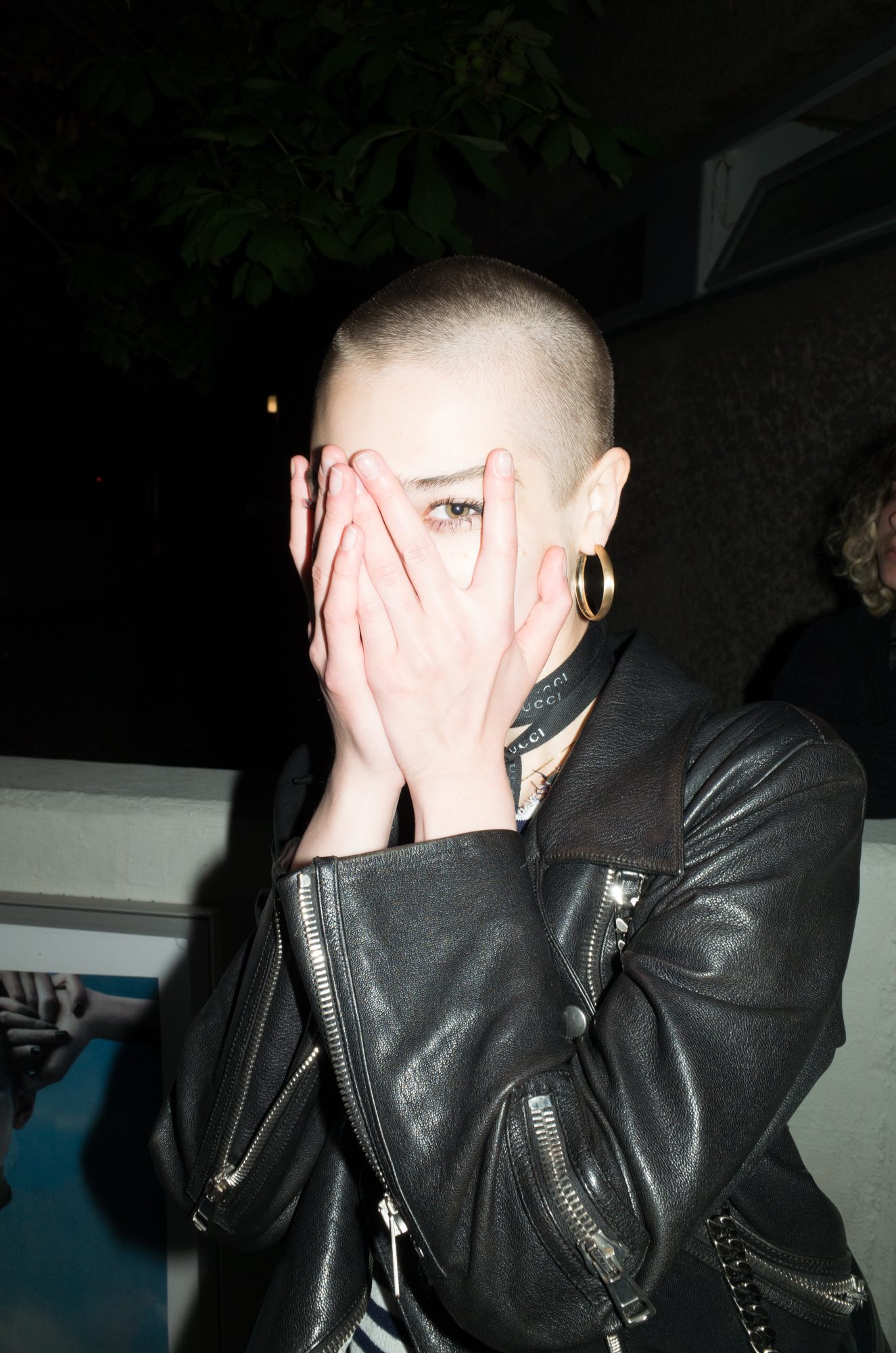“The future has expired”: DIXON's Transmoderna seeks the spirit of the present
|IRINA BACONSKY
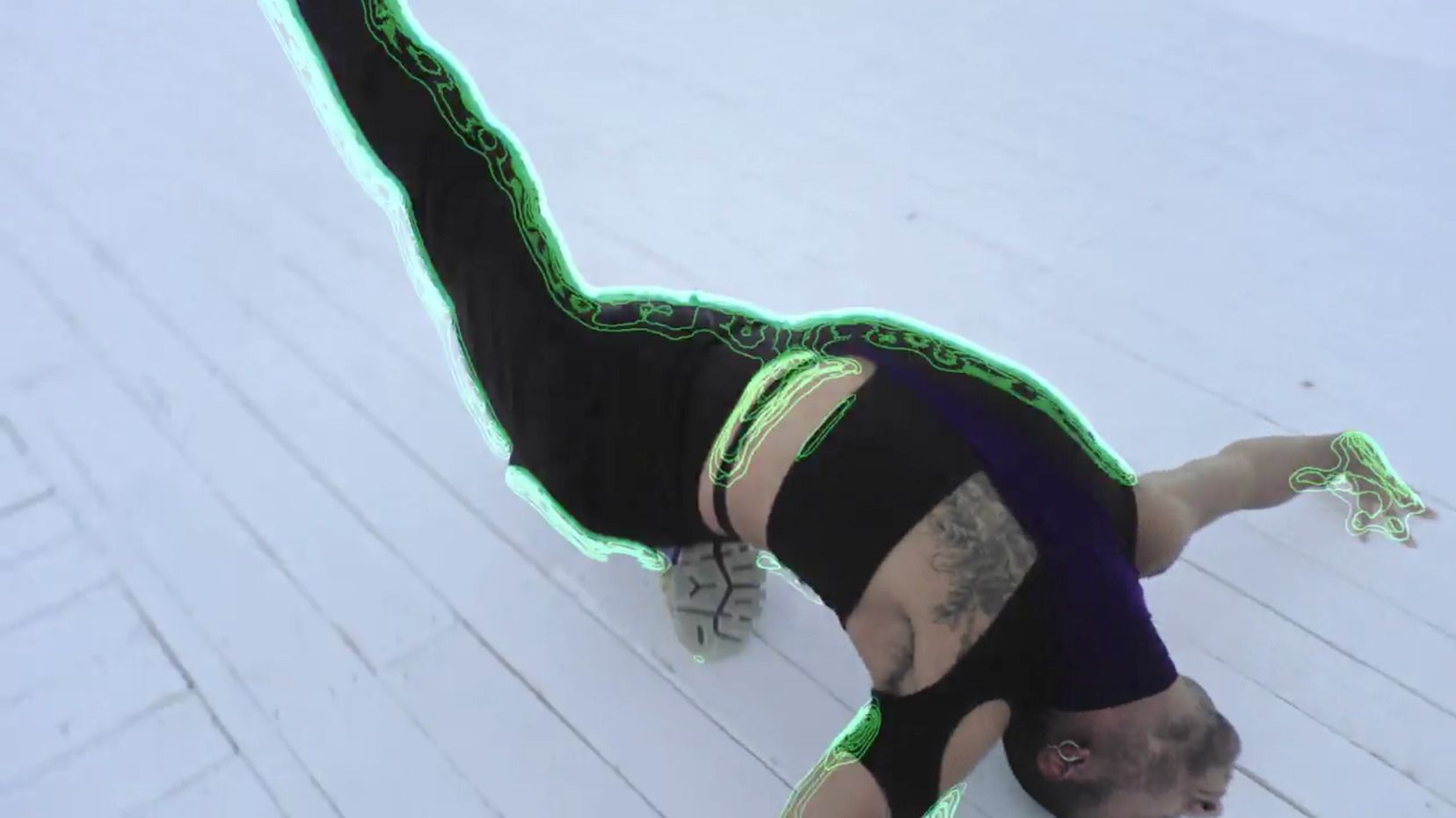
The German house producer and DJ Dixon (born Steffen Berkhahn) is a veteran of the club circuit, active since the early 1990s – back when Jeff Mills was first playing Tresor, Drexciya was in its heyday, and trance music was techno. Since then, the sounds have evolved as much as the crowds and the dancefloors, and longevity behind the decks requires either a chameleonic ability to adapt to sonic trends, or the creative finesse to set them. Through the creation of his label Innervisions in collaboration with experimental duo Âme, Dixon has opted for the latter.
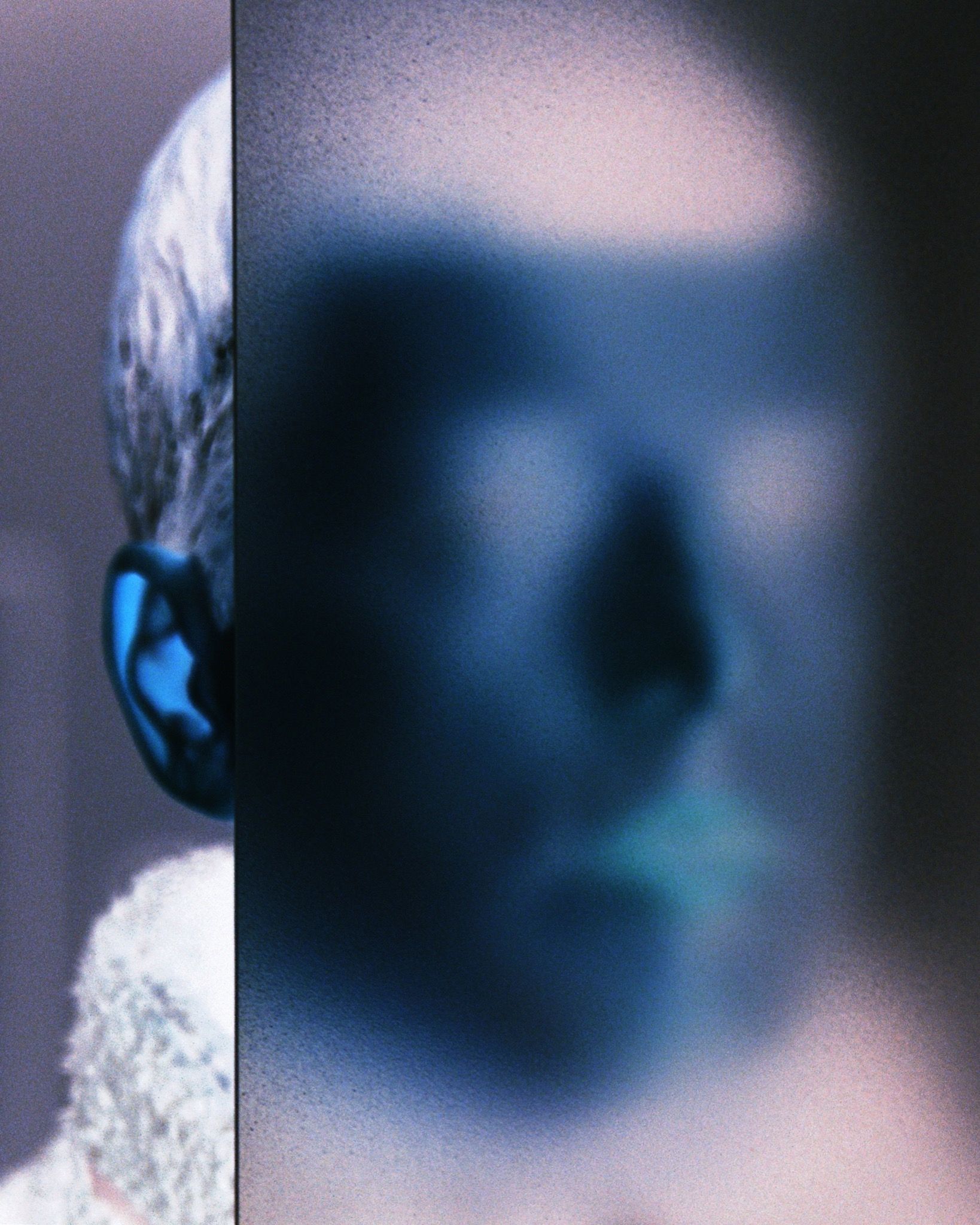
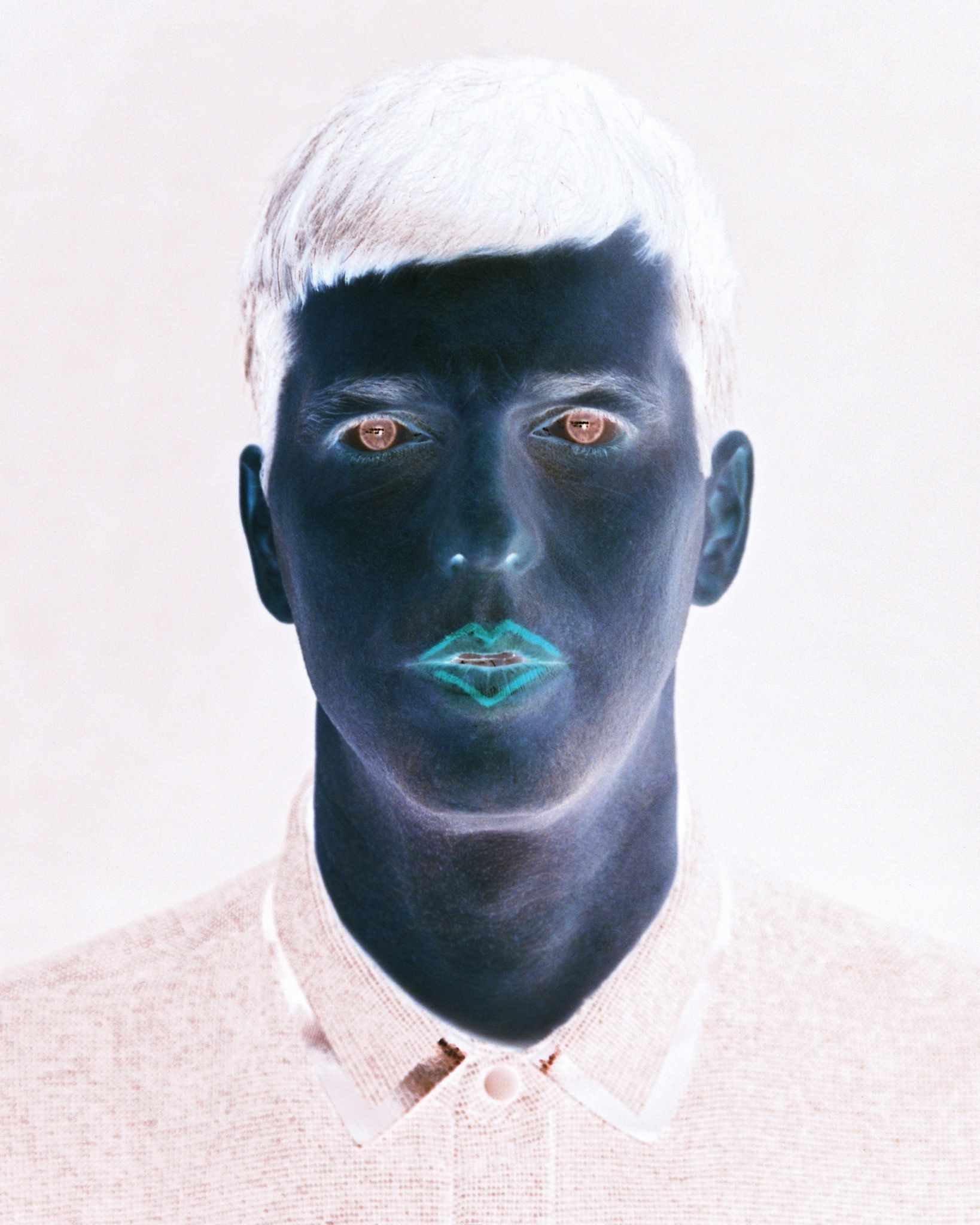
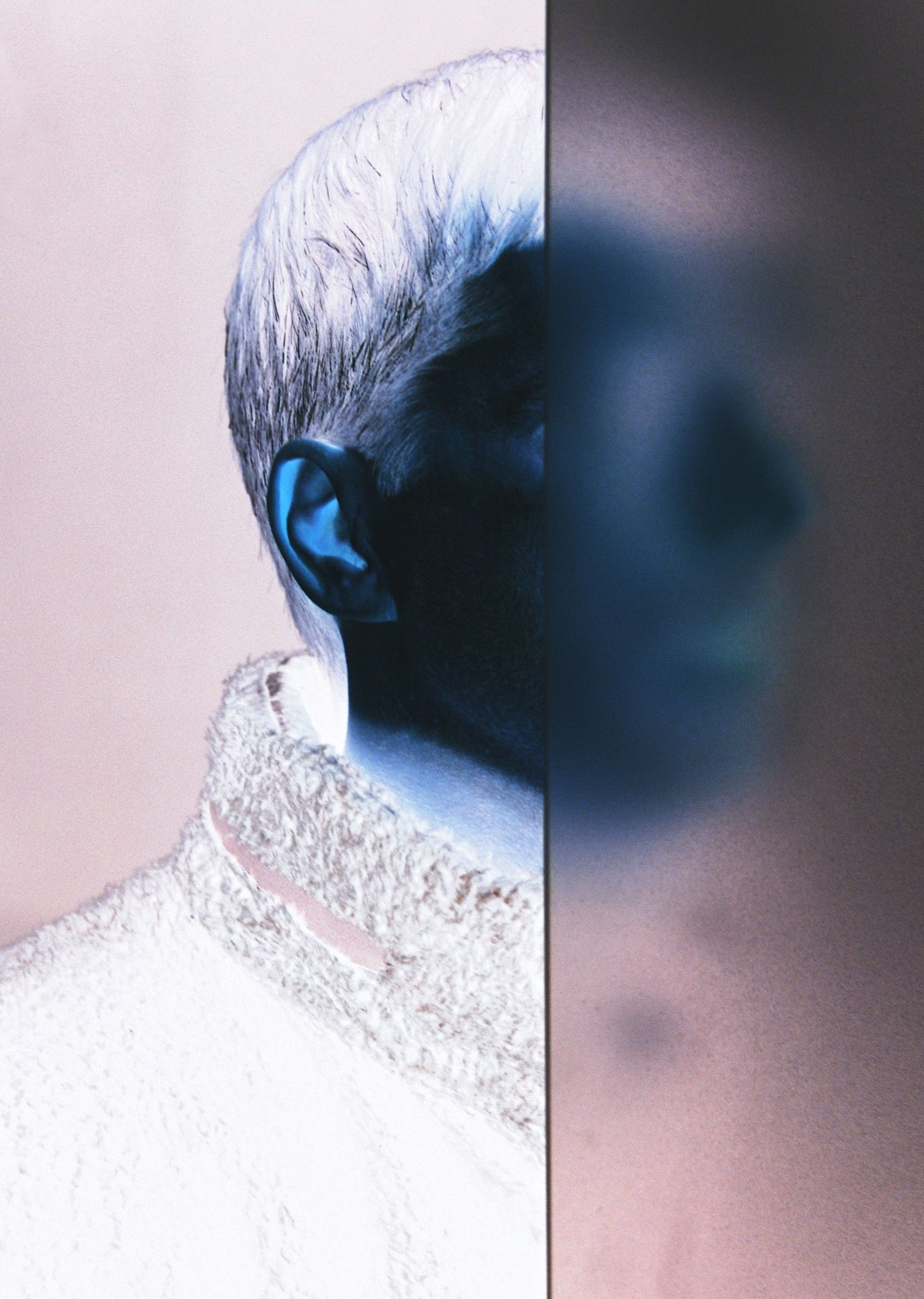
His latest project, Transmoderna, emanates from a desire to “fracture” then reassemble the club experience into something immersive – rather than deconstruct it or speculate on the promise of futuristic fantasies. The sonic core is a minimal track produced by Âme and Mathew Johnson, continuing the multidirectional Transmoderna Mission: a collaborative project that emerged from Dixon’s residency at the Ibiza institution Pacha. The aesthetically pared-back video, styled by ALYX with visuals by Timur Novikov (with styling partner Li-Ning) and Berlin creative agency Selam X, and choreography by Franka Marlene Foth, shows four dancers in a studio space, slowly morphing into wholly digitalized versions of themselves. The viewer undergoes a virtual hypnosis that nevertheless retains its humanity, through the continuous visualization of organic human movements. The intention, says Dixon, isn’t to indulge in “robot romanticism.” Instead, the aim is to decentralize creativity and make space for alternative evolutions of the now. As 032c geared up for our exclusive premiere of the video, we asked Dixon about revolutionizing the club setting, the digitalization of the dancefloor, and whether the political ethos of electronic music can survive commercialization.
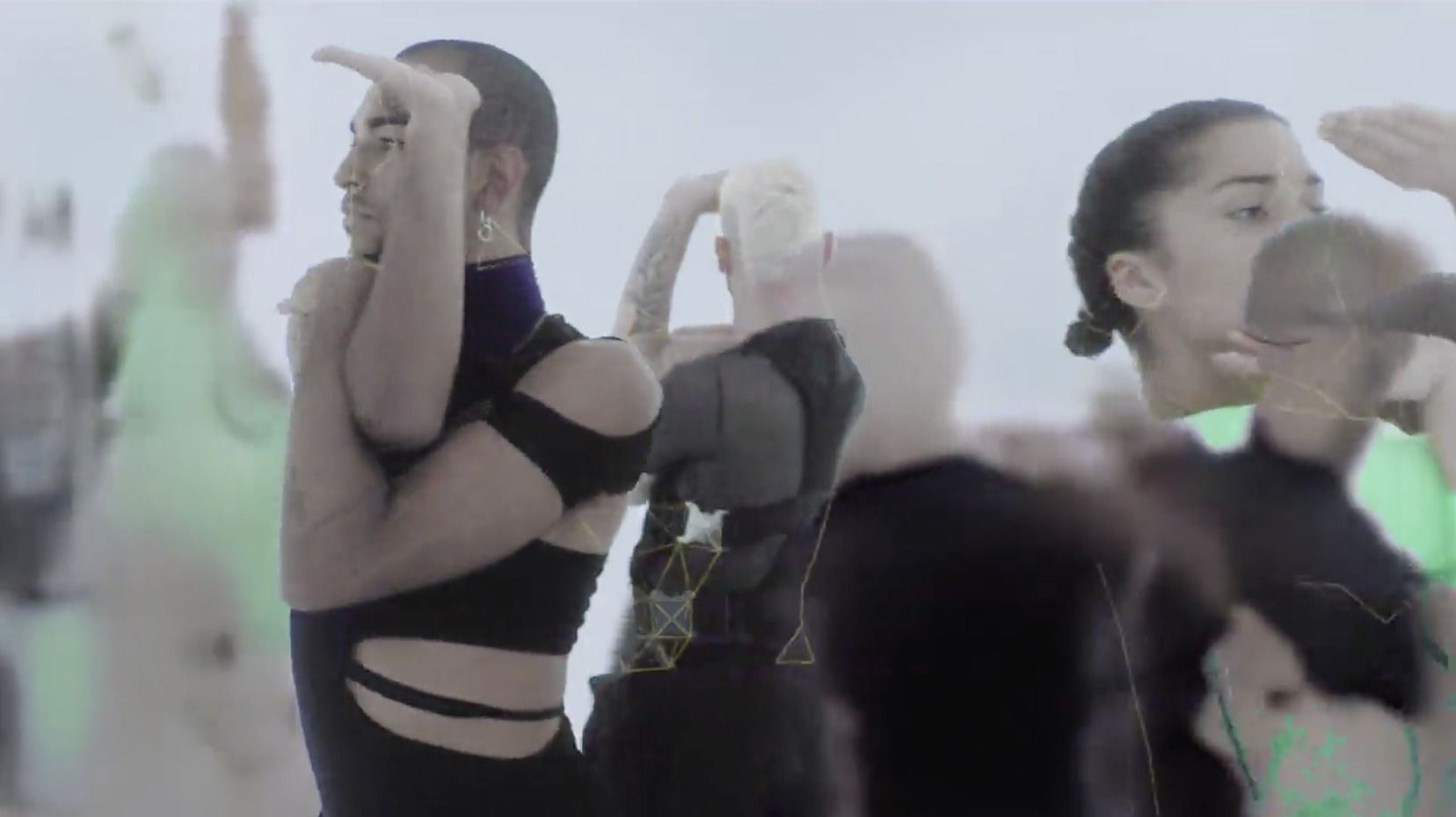
How did the Transmoderna project come into being, and how did Pacha, in Ibiza, a emerge as the initial platform for this project?
There was no name in the beginning, just a realization. It was connected to the observation that so many still talk about the future, the new, and being on the verge of the age of transhumanism. I am always asked: how do you see the future of music under the conditions of digitalization? During conversations with Ana Ofak, who is the art director of Transmoderna and comes from a contemporary art and media theory background, I realized that the future has expired. What we used to consider to be the horizon of our culture shrunk down to the present, or a blink of a partial present, where known and unknown modernities blob and blur into each other. In a way, Transmoderna expresses the basic need to name this realization, and the time we live in. It is an anti-futuristic concept (of clubbing as well), uninterested in technocratic fantasies which are stuck in human policing.
Pacha approached me with the offer to take over a Friday residency with them in Summer 2019, at a time when I was confronted with the question of my next career steps. It was not the first approach, however this time I felt able to answer the call. To take Transmoderna there was cheeky, because it is an outrageous colliding of worlds if you don’t look closely: corporate and conceptual, commercial and creative, long-standing and established, versus emergent or, well, inexperienced. But this seemingly contradictory situation was what interested me. I always searched out contradictory situations like this throughout my career. This is where I see the potential to experiment unsafely and be prone to friction.
What made Âme a good sonic match for that experiment?
In a music genre that is well established and has existed for more than 30 years, it is hard to rupture routines and initiate change. And it is even harder to encounter willingness on the side of the artists to not just reference the past or emulate the idea of the future, but to encapsulate the now against all odds. When the graphic designer Michael Clasen started working on the trailer for Transmoderna at Pacha, he asked me what kind of music I thought would match the visuals he created. Weeks before, Frank and Kristian from Âme had played me a sketch, and it haunted me. Its vocoder voice paired with obscure logic of tonal arrangements really fit. They disturbed the standards of what is considered a beautiful melody. Even electronic music is dominated by a fascism of beauty. So we stripped down the sketch to the bone and used fragments of it for the trailer. After this it was clear that Âme had to finish the sketch. We had our Transmoderna hymn, and really wanted to build it a visual home.
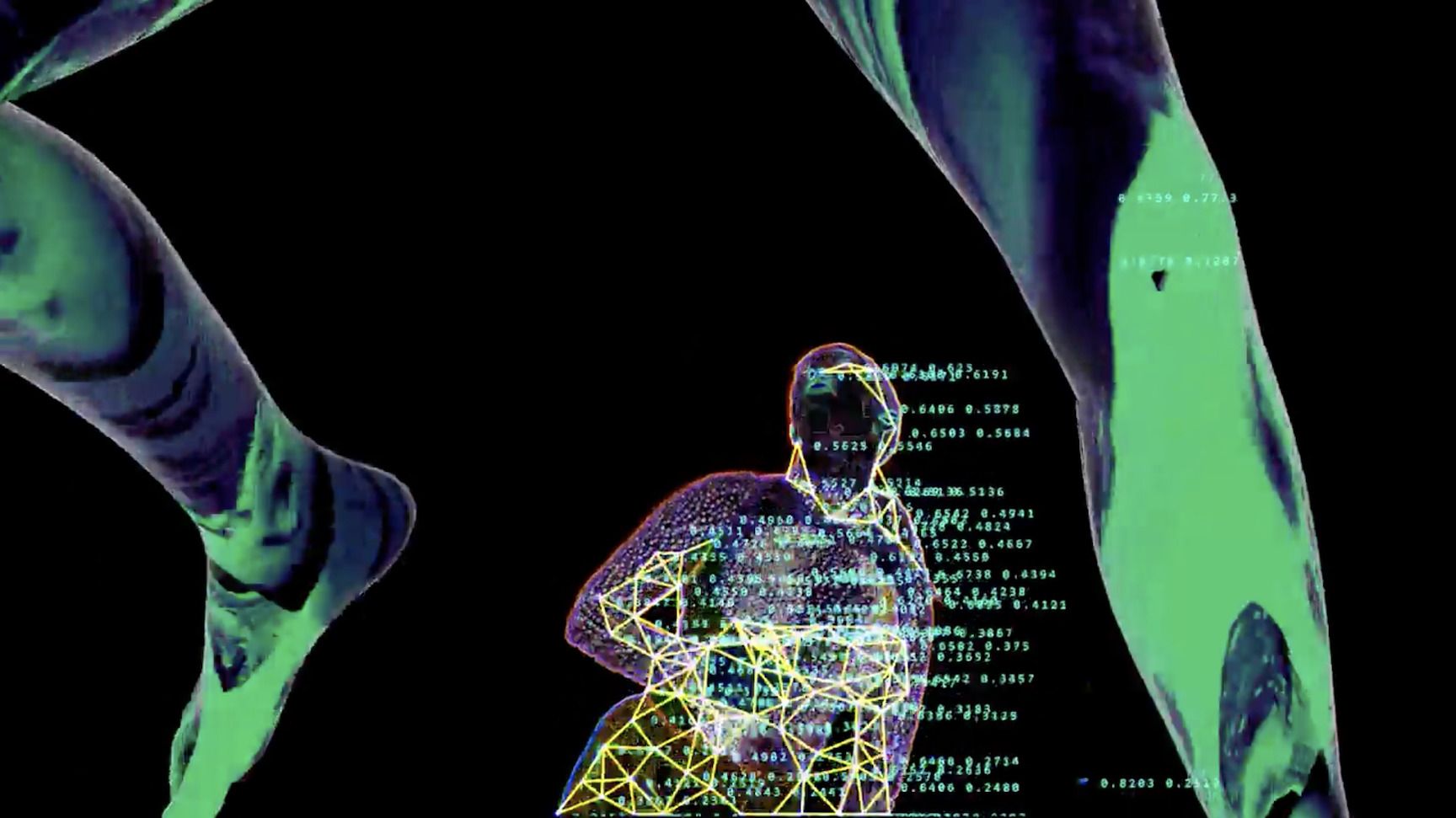
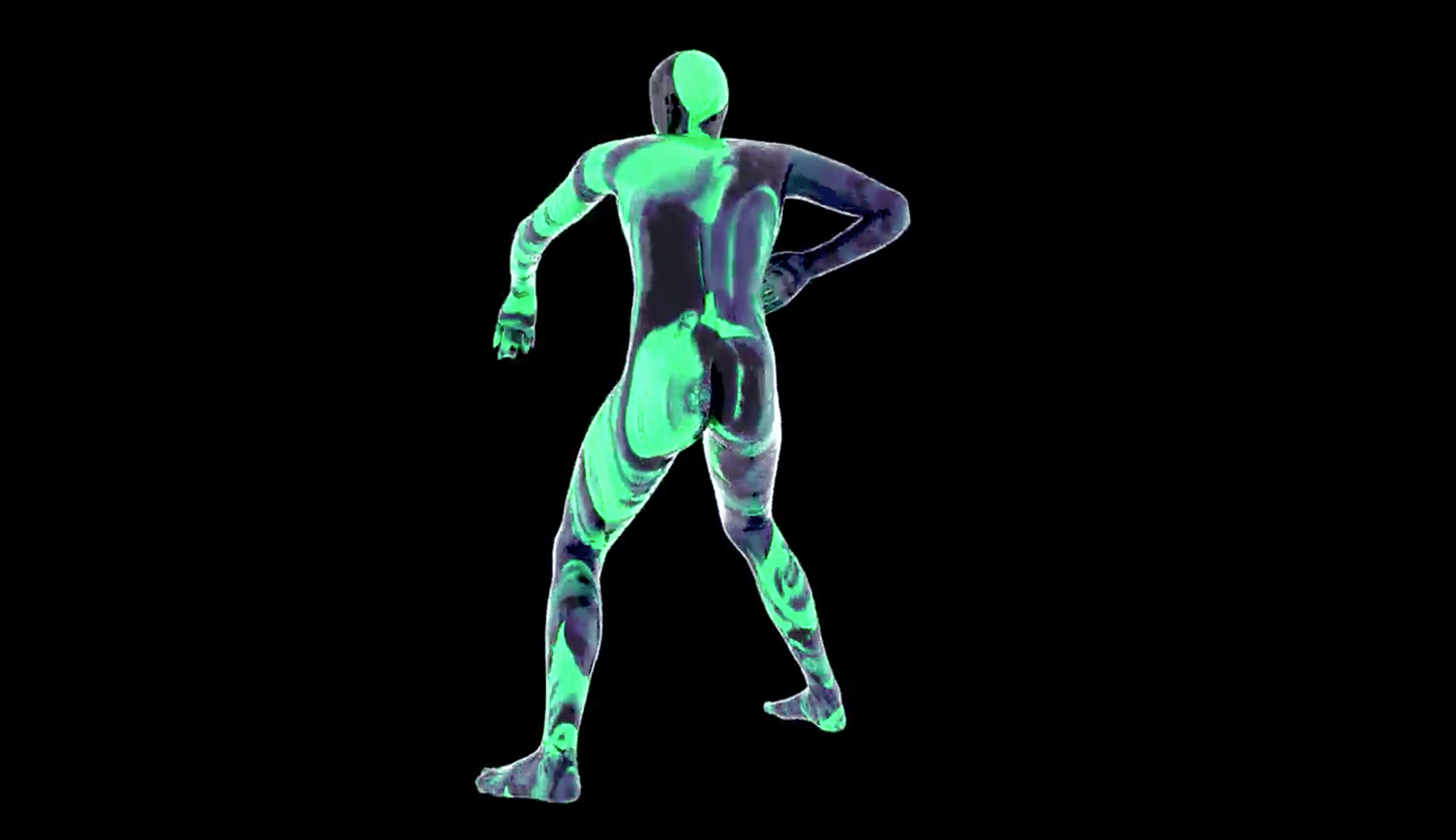
What drew you to the digitalization of human action to visualize that?
Being involved in electronic music, I never felt that digitalization was an event horizon. It was there as a tool, which then turned into a technological environment at the end of the 20th century. This environmentalization of the digital escapes people. They still perceive it as a tool, but it really is a technosphere we inhabit via everyday communication, creation, and basic sustenance.
Coming from and trying to redefine club culture through Transmoderna, we gathered what we considered its core expressions: music, dance, fashion, and the machine. We wanted to explore how artificial intelligence would dance after entering a human body – and how it would change the way we perceive the human body or scale beauty.
The video is quite minimal setting-wise, and quite action-focused. In what terms did you think of the choreography as a driving force for the video? How do you see the connection between electronic music and a dance such as voguing?
The choreography connects to the video concept in playing out the transformation of human dancers to transhuman bots, manifesting itself as a code that is brought out through merging of music and movement. Dance styles like vogueing and cramping could be seen as a code as well, a DNA of club culture that has mutated over time. The inspiration came from that, but also from Gaspard Noé’s toxic vogueing trip Climax (2019) and Jeremy Shaw’s pseudo-documentary I can see forever (2019), which is about transcendence through dance, and about life after the singularity event.
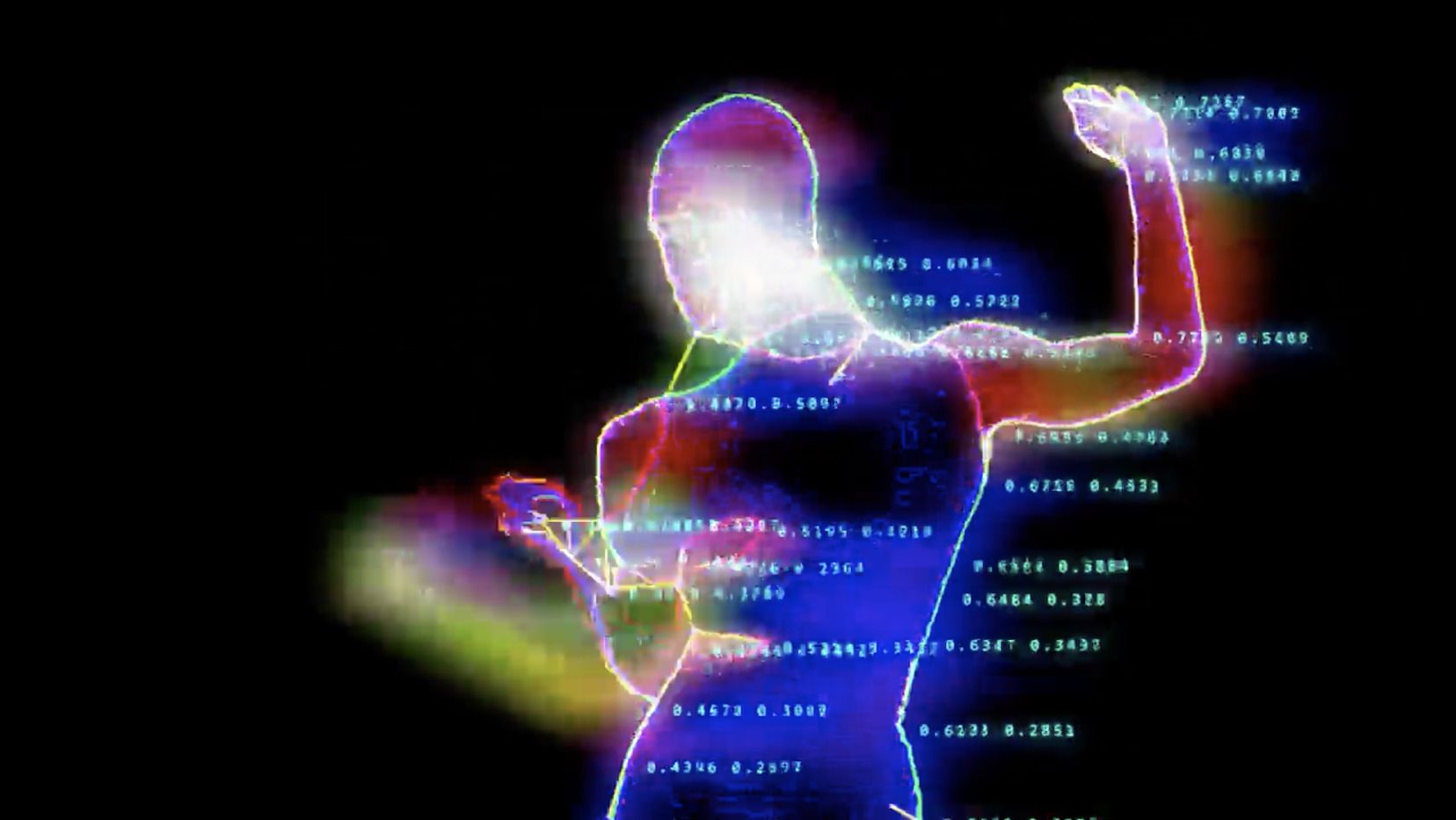
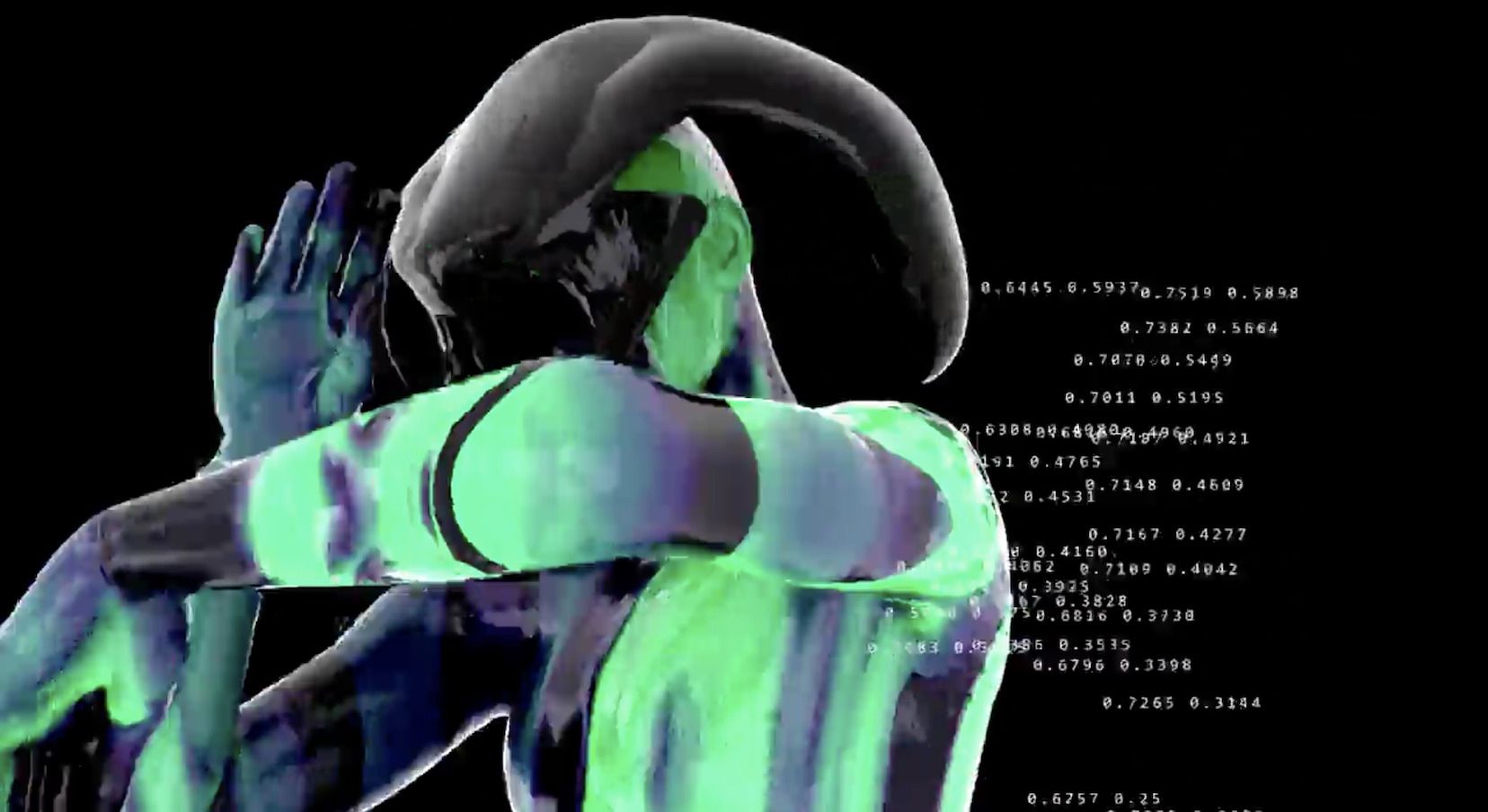
How has your personal experience of the club evolved over the years?
I was a dancer myself, but not in the sense that I trained. Dance was about embodying a feeling on the dancefloor. At first, I didn’t go to the club because of the music – I went there because of the people. It was my place of belonging. And I would say that this is how it still is for many and in some places. Creativity and expression – I mean self-expression as well as synergy – are not something that necessarily needs a studio. This is what club culture taught me. Although all of this only lasts for a glimpse nowadays, and is chewed up before important codes, styles or musical languages can develop sustainably.
The space of the club and club culture, much like the ballroom culture referenced in the video, had a liberating, political potential in its early days. Do you think this is still the case?
Absolutely, but it is marginalized in a positive way, protecting itself from the mainstream. It has micropolitical potentials being a home for communities which are marginalized in a negative way by the society. There is extreme pride in ballroom culture, which is incompatible with the easily exploitable parts of clubbing like DJing – as in, everybody is a DJ. CEOs don’t climb Mount Everest; they crawl into the DJ booth. But very few are voguers. Dance is maybe the last refuge for the countercultural body.
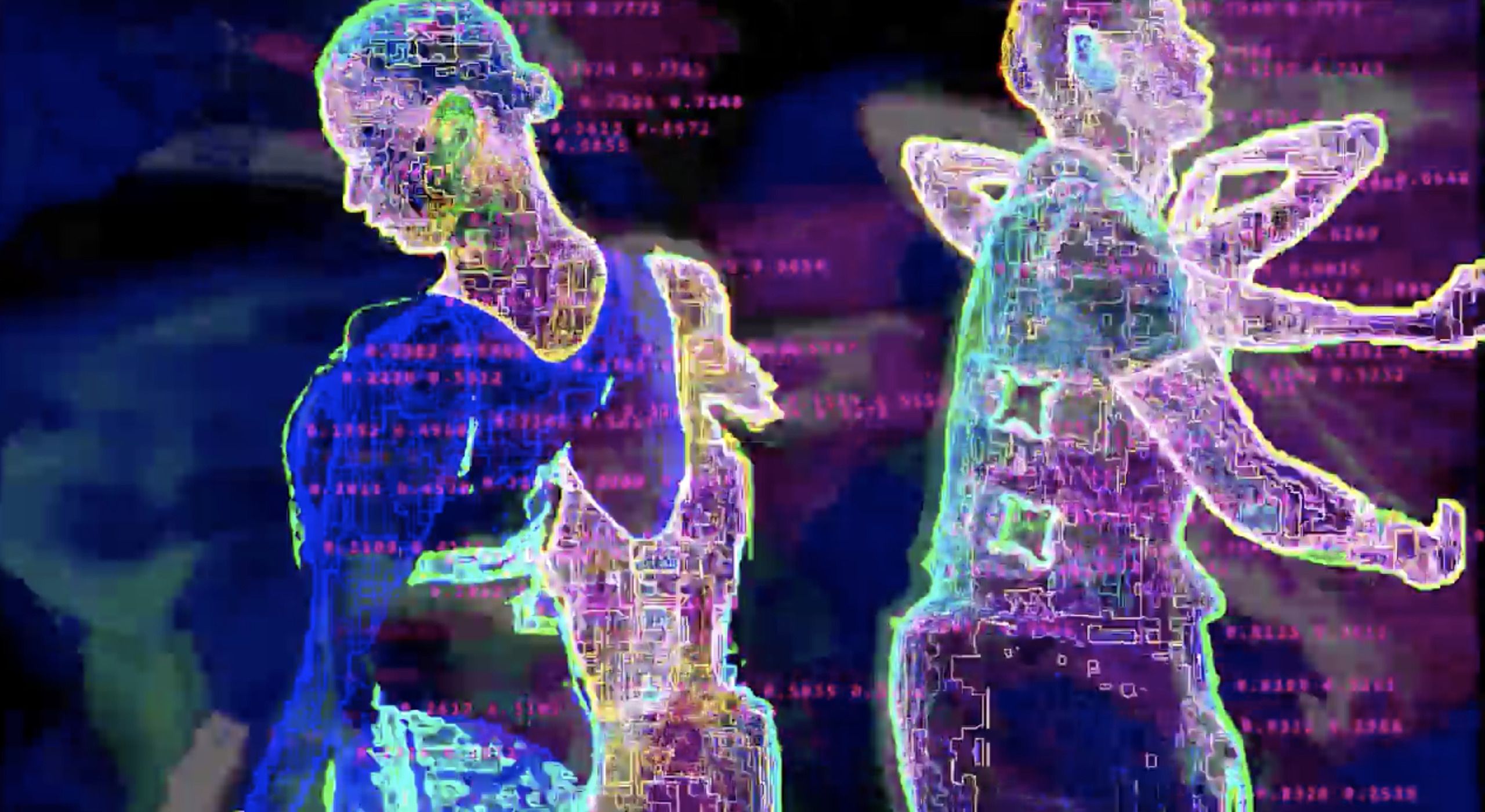
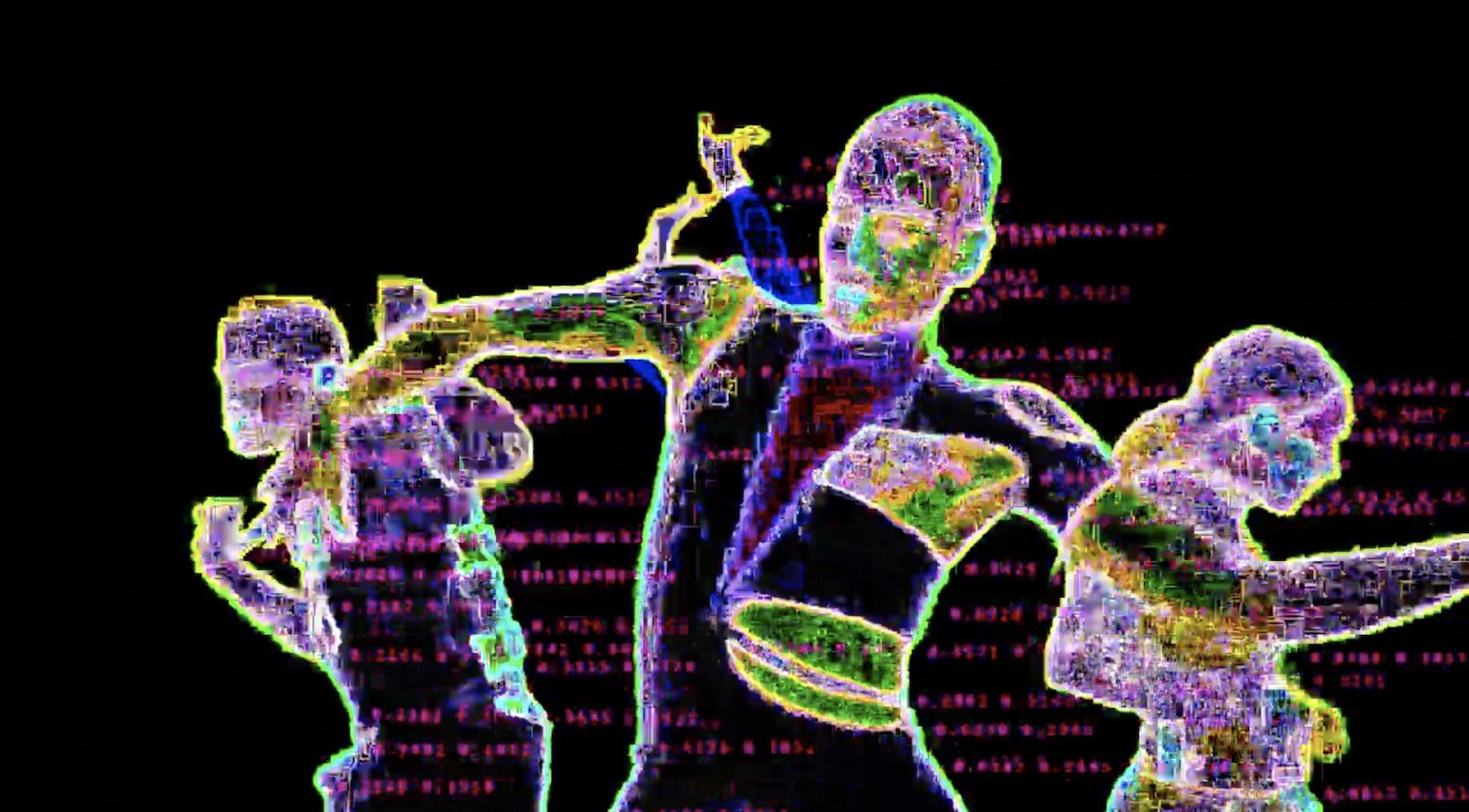
Credits
- TEXT: IRINA BACONSKY
- Music: @ame_innervisions
- Label: @innervisions_official
- Art director: Ana Ofak
- Ana Ofak: @_dixon_
- Video director and choreographer:: @frankamarleneka
- Post production director and produce: @o_.o._o
- 3D rendering: @jonas_stadte, @selamxstudio
- Dancers: @christoper.saintlaurent, @phoenixchasem, @shinytiny_, @marlibanga
- GAN: @cyremur, @sx_magic, @selamxstudio
- 3D Headpiece: @kaanulgener, @selamxstudio
- Visual Effects: @o_.o._o, @rasmusbell
- Programming: @glazovphoto
- DOP: @ashtoncgreen
- Camera operator: @danielmerget
- 1st AC: @godzillasarsaparilla
- 2nd AC: @vanessa.mihali
- Gaffer: Donald Luke Sullivan
- Video editor: Vince Golly
- Colorist: @benpacker.xyz
- Styling: @solastseason_
- Garments: @alyxstudio, @lining.official, @solastseason_
